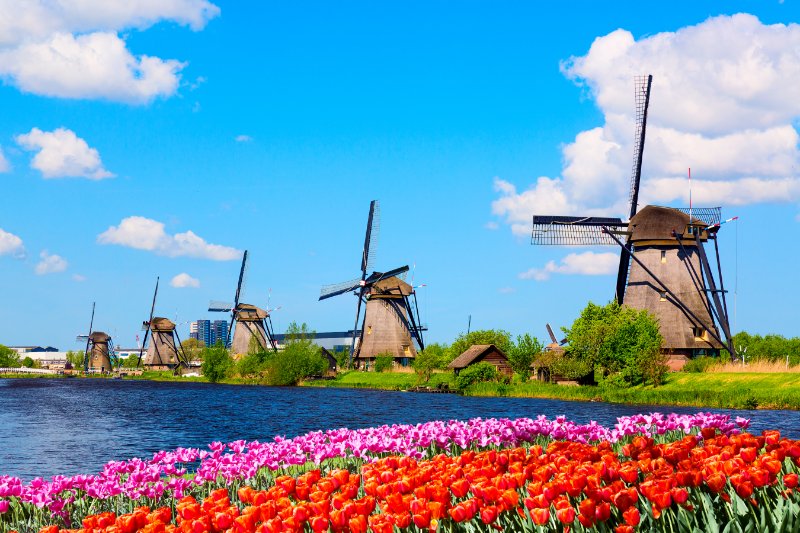Many citizens of the world don’t know the difference between Holland and the Netherlands. Some think they’re interchangeable terms, while others may only be partially correct in their understanding. Meanwhile, the Dutch government refers to itself only as the Netherlands.
So where does the term ‘Holland’ come from?
Together, we’ll explore all you need to know about the difference between Holland and the Netherlands and how you can navigate traveling through northwestern Europe without confusing the two.
But in order to do so properly, we first have to take a brief trip back through time. Without further ado, here is the difference between Holland and the Netherlands.
A Short History of Holland and the Netherlands

Between 1588 and 1795, the area representing the Netherlands today was known as the Republic of Seven United Netherlands. It came to be when a part of the Netherlands separated from Spanish rule after the Eighty Years’ War or the Dutch War of Independence.
The Eighty Years’ War was a revolt against King Philip II of Spain by the Seventeen Provinces of the modern-day Netherlands, Belgium, Luxembourg, and the French region of Hauts-de-France.
The Seven United Netherlands consisted of The Duchy of Guelders, the County of Holland, the County of Zeeland, The Lordship of Utrecht, The Lordship of Overijssel, The Lordship of Frisia, and The Lordship of Groningen and Ommelanden. The areas of the Seven United Netherlands each had their own independent governments and functioned separately at that time.
The Seven United Netherlands controlled world trade, had a large colonial empire, and had the largest fleet of ships used in commerce and trade. During this time, the County of Holland was one of the wealthiest nations.
In 1795, the area was conquered by French troops and became known as the Batavian Republic. In 1806, Napoleon appointed his brother Louis as king, and the country became a kingdom.
After Napoleon Bonaparte’s defeat in 1815, William VI came into power as the Sovereign Prince. William VI arrived in Scheveningen in 1813, and two years later, in 1815, the Kingdom of the Netherlands was born. The kingdom consisted of the Batavian Republic, the Austrian Netherlands, and the Prince-Bishopric of Liège.
When the Kingdom of Netherlands came into existence, it included Belgium in its territories. During this time, the area known as Holland made the most significant contributions to the…
Click Here to Read the Full Original Article at ViaTravelers…